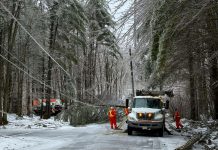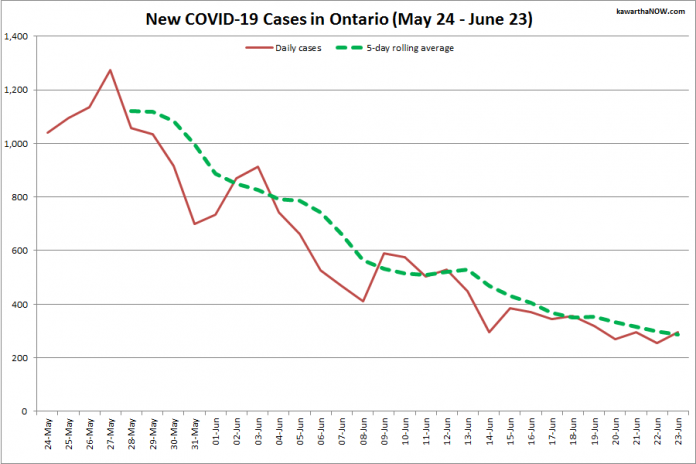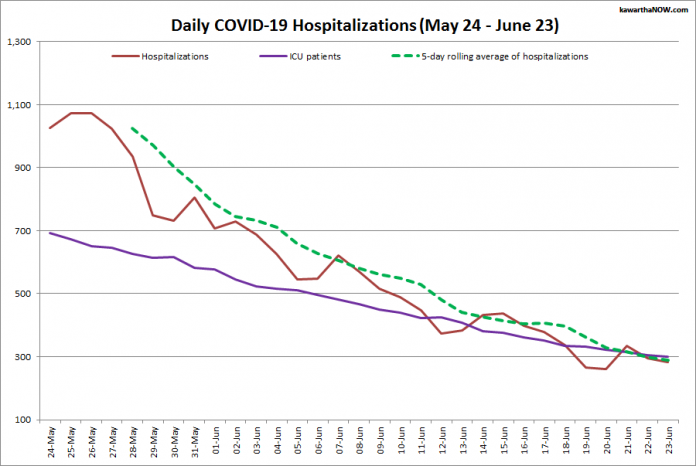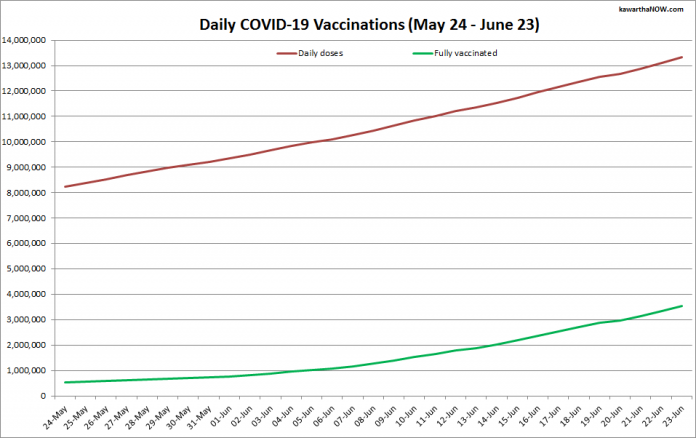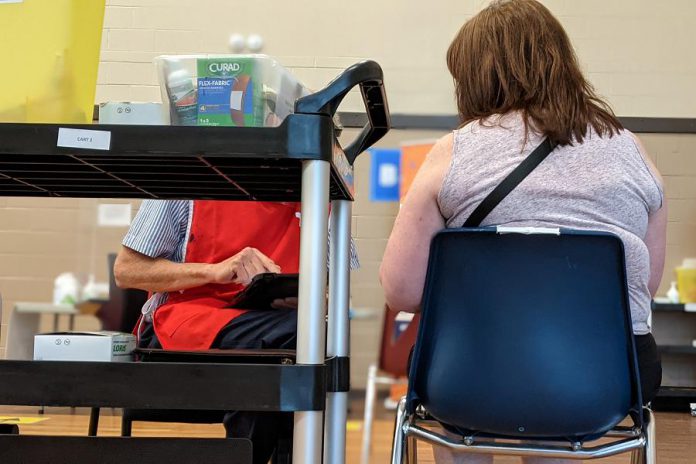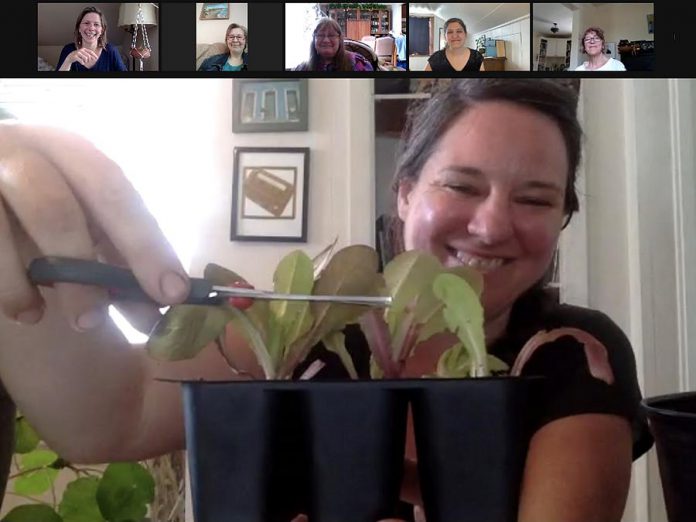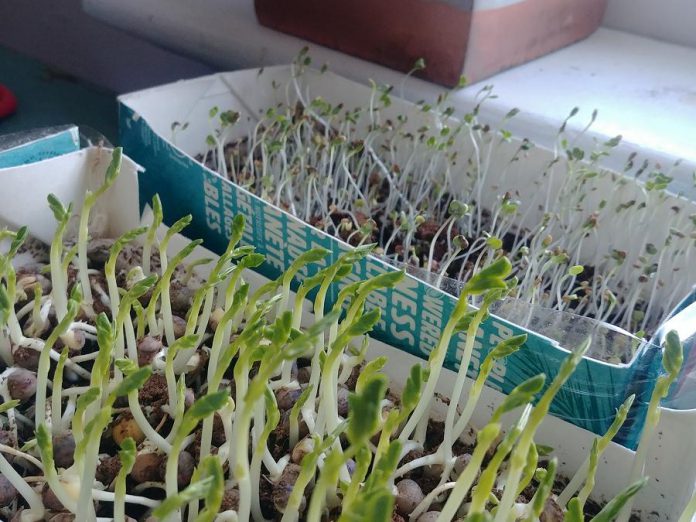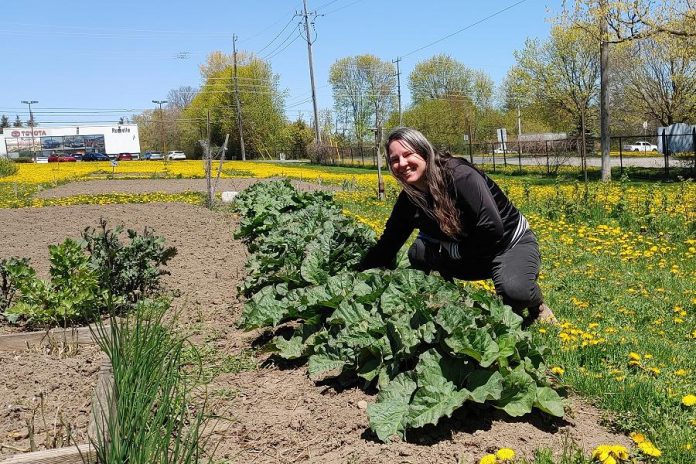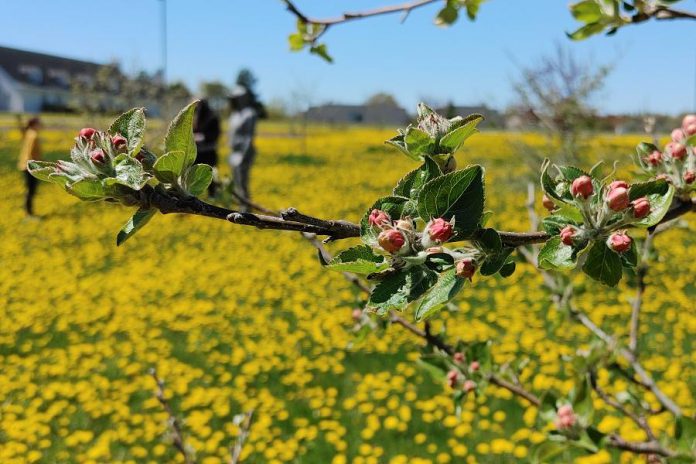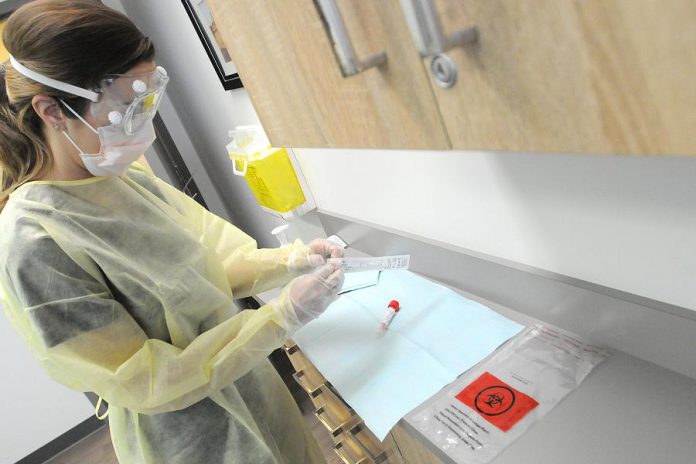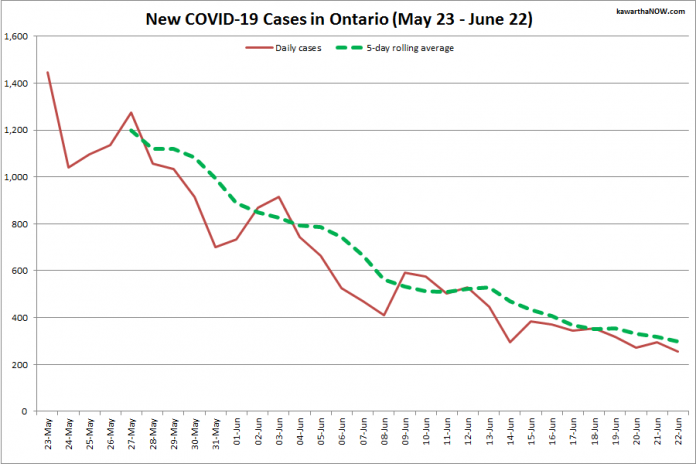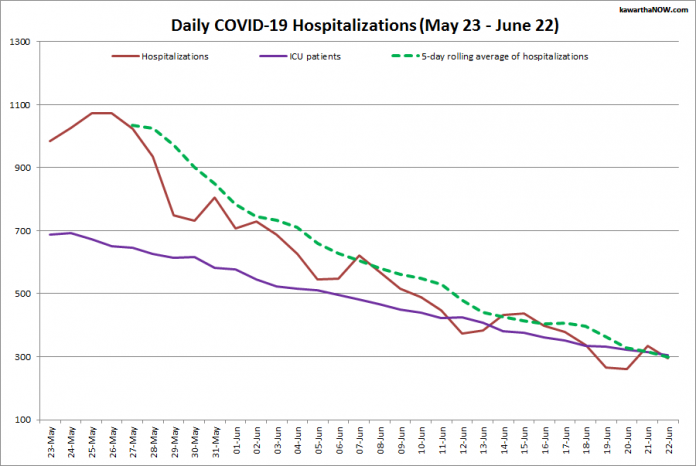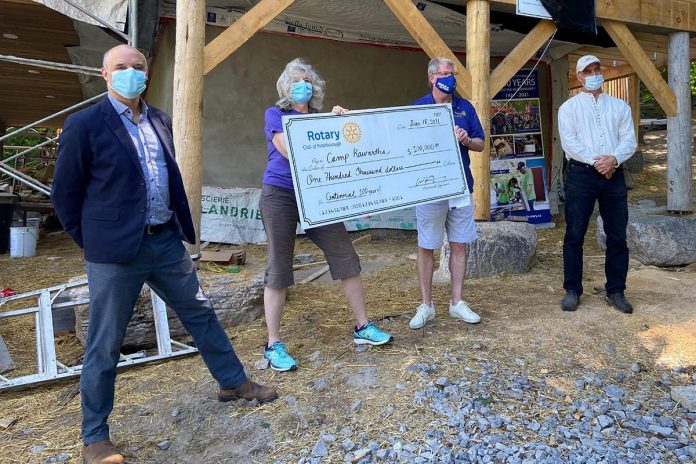The decision of the Peterborough, Victoria, Northumberland and Clarington Catholic District School Board to not install secondary flagpoles at its schools and the Catholic Education Centre for the purpose of displaying ‘special purpose’ flags is being met with growing frustration, anger and criticism.
On Tuesday night (June 22), trustees Helen McCarthy, Kevin MacKenzie, and Braden Leal voted in the favour of the move while trustees Michelle Griepsma, Emmanuel Pinto, and Linda Ainsworth voted against the motion. The tie vote resulted in board chair David Bernier being forced to vote. He subsequently voted against the proposal.
Student trustees Eli McColl and Josh Hill spoke in favour of the move but, due to the rules governing the board’s procedures, neither could vote on the matter.
While the motion called for secondary flagpoles being put in place to display the flags of organizations and events being held during specified months and weeks of awareness, the matter mostly zeroed in on the display of the multi-coloured Pride flag symbolic of the LGBTQ2S+ community and its recognition, as well as wider acceptance.
In the aftermath of the board’s decision, Jewel McDonald, whose children are in the Catholic school system, launched an online petition noting the importance of ‘ALL students’ being made ‘to feel welcome and equal in our learning environments.’
As of Thursday evening after one day of being posted, more than 2,700 people had signed on, breezing well past the original goal of 1,500 signatures. The petition can be accessed at change.org/p/pvnccdsb-we-want-the-pride-flag-at-our-pvnccdsb-schools.
Among the many comments is one from a Catholic board teacher who is ‘sad and disappointed that the board voted against protecting and celebrating student identities … I worry about how safe students and teachers will feel in our school board.’ Another respondent wrote ‘I am embarrassed and ashamed to be part of a community that does not want to be loving and inclusive to all, especially in light of the latest residential school tragic discoveries.’
McDonald says she was “furious” when she first heard word of the board’s decision to not allow flags such as the Pride banner to be displayed at schools.
“I’m an ally of the LGBTQ community and it felt like a punch to the gut,” she adds.
“We’re at time now, fortunately, where it feels like the majority are being loud with their support. It’s not enough but we’re getting there. When you are part of the minority that says ‘No, we’re going to support but we’re going to do it quietly,’ that’s not good enough.”
We are proud of the efforts our schools have made and will continue to make to ensure all our students, regardless of orientation, are unconditionally loved and supported, and we will continue the great work we are engaged in to foster inclusive and loving school communities.
— PVNCCDSB (@PVNCCDSB) June 23, 2021
On Wednesday (June 23), both Bernier and board director Joan Carragher issued statements.
Bernier noted Catholic schools “welcome and value all students and celebrate diversity within our communities, and we are committed to supporting the LGBTQ2S+ members in our PVNCC community. We are committed to nurturing safe and inclusive learning environments in each of our schools.”
For her part, Carragher affirmed “our steadfast commitment to supporting our LGBTQ2S+ students. We must now work even harder to ensure all of our students, especially our most vulnerable students, feel our love and know that they belong in our school communities. We will not deny their BEING, we will celebrate their unique selves and they will know through our words and actions that they are loved, and indeed that they are wonderfully made.”
Both statements can be read in their entirety at www.pvnccdsb.on.ca by clicking on the links listed in the News section on the home page.
Making it clear she can’t and won’t speak against a board ruling, McCarthy laments that the opportunity for “a teachable moment” for the board was lost with the motion’s defeat.
“About 30 years ago, I took a course on moral decision making in the Catholic Church … I wanted to know, being a teacher, what the answers were,” she recounts.
“I learned in that course that the Church does not presume to come between an individual’s conscience and God. This may be inconsistent with Catholic teaching but Catholics are free to choose and think out stuff themselves. That didn’t seem to impress anybody at the meeting and I’m so disappointed.”
“If people want to be happy Catholics, they can be. They don’t have to be locked into betrayal that they just cannot, in their best-informed conscience, support. It’s almost defying the teachings on conscience to tell somebody ‘Too bad for you. This is the Catholic way.'”
Among those watching the meeting’s proceedings closely was Braden Clark, vice-chair of Norwood Pride and treasurer of Pflag Peterborough. He says this isn’t just a Pride flag issue. Rather, it’s an attempt to ensure all marginalized students feel recognized and included.
“The motion that Helen put forward … the concept is a secondary flag pole that’s meant to raise flags for Autism Week or Black History Month or Indigenous Month. Everyone was so heated and one-sided about Pride and the ‘homosexual manifesto’, all students are being penalized. Marginalized students are being excluded based on the personal beliefs of four trustees.”
An amendment to term the secondary flagpoles as “social justice” flagpoles, put forward by Leal, was defeated. That resulted in a vote on McCarthy’s original motion.
Clark says when he saw the agenda for the meeting he saw that were four delegations who would be speaking on the Pride flag.
“Three of them had very strong views about homosexuality and that the Pride flag was part of a homosexual manifesto. They didn’t know what the flag itself actually means.”
Clark praises student trustees McColl and Hill for representing students well and speaking passionately to the Pride flag’s display.
“What it really boils down to is the vote of the trustees and the personal beliefs of four individuals that basically is telling students your opinion doesn’t matter. We don’t value you. We don’t wish to have visible representation of you within the schools.”

Looking ahead, Clark says “I don’t think the fight is over.”
“Someone suggested to me that perhaps we should organize a protest. A physical protest is not really going to drive action. It’s a sign of support but we’re all about action. Our (Norwood Pride’s) letter of support for raising the flag had been sent to the trustees in advance and a copy did go to the Ontario Human Rights Commission. Part of our follow-up will be another letter to the commission.”
Meanwhile, McDonald says she plans at some point to present the online petition to the board, and that the matter returns for reconsideration and another vote.
“No matter what the board decides, it’s important that enough people know and enough students see that, on the ground level, the support is there,” she says, adding “The petition has already done that. I’m beyond thrilled.”
As a Catholic school parent, McDonald says the board decision has given her pause.
“It’s made me feel almost ashamed to be a part of this system. But the educators my children have are teaching my children the same things I’m teaching my children. That is what matters … the people that spend the time with my children. I know they’re being cared for. I know the educators within the system, regardless of what the board thinks or says, are raising a beautiful generation of children.”





